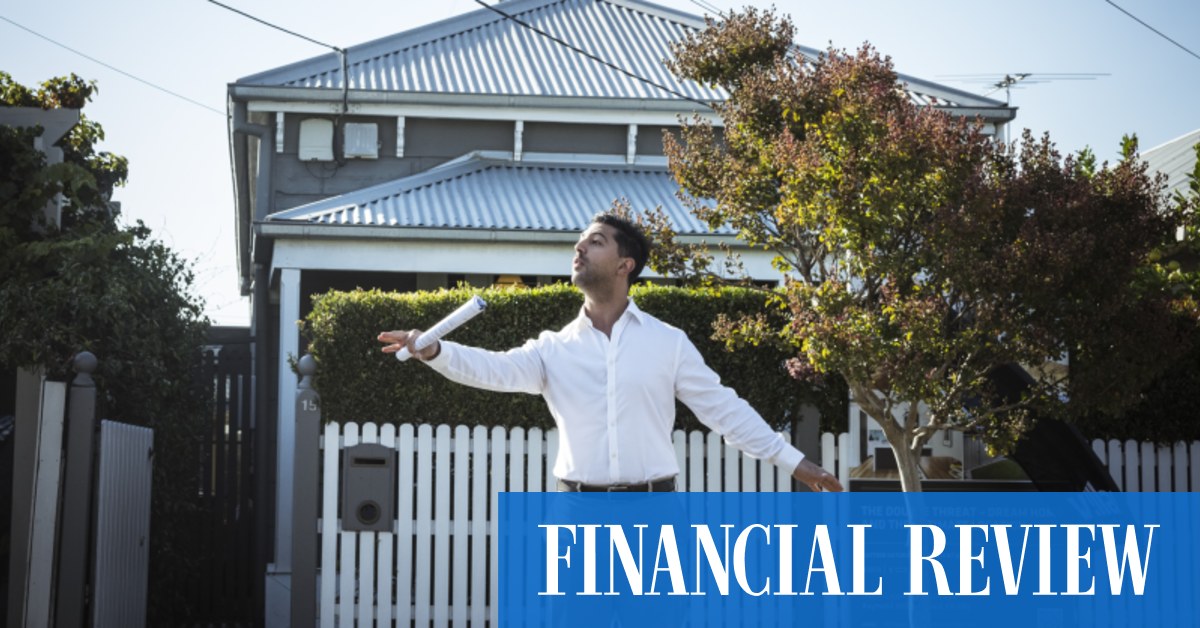Harvey says he has recently increased rentals on a portfolio of properties in Sydney and Brisbane by about 10 per cent.
“Many investors are sitting and waiting [to get into the market]but smart ones realize the time to move is at the bottom of the consumer sentiment curve to benefit from rising yields throughout the correction phase,” he says.
Rental increases
According to CoreLogic, which monitors property market prices, rents have increased more than 30 per cent across inner Melbourne over the past 12 months, despite little demand pressure from immigration.
Research director Tim Lawless says rents are set to continue increasing as demand outpaces supply.
According to analysis by SQM Research, which monitors property markets, total residential vacancy rates are at a record low of about 1 per cent, or less than half of vacancy levels during the past 15 years.
But SQM’s managing director, Louis Christopher, says there are signs of a peak in the rental market in regional Australia, with a larger number of regions recording rising rental vacancy rates and some falls in rent.

Investment bank Morgan Stanley says house prices fell at their fastest rate in nearly 40 years during July as rate rises increased pressure on credit availability and borrowers’ capacity to service loans.
Prices are about 2.6 per cent below peak levels, with falls led by Sydney, Melbourne and Brisbane.
The bank predicts cash rates, which have increased over each of the past four successive months, will continue to rise from 1.85 per cent to 3.1 per cent by the end of the year.
“We expect a national decline in house prices of 10 per cent possibly by the end of the year if the current rate of decline holds, with next year also likely to provide only limited relief,” the bank said.
National house price falls, which accelerated during July, are expected to total about 15 per cent, it predicts.
Planned auctions for this weekend are more than 20 per cent down on last week and 5 per cent lower than the same time last year, according to CoreLogic.
Buying on the dip
Chris Foster-Ramsay, principal of Foster Ramsay Finance, a mortgage broker, says many property investors have been sitting on cash waiting for a market downturn because they are confident the market will rebound.
“They are buying on the dip,” Foster-Ramsay says. “The market came back in the past and investors are confident it will happen in the future, particularly as immigration begins to increase.”
In Perth, Karen Firth, director of Art of Real Estate, says: “Investors are back and looking for properties within a 10-kilometre radius of Perth.”
Melbourne buyer’s agent Cate Bakos says there has been a rapid switch in buyers from owner-occupiers to investors attracted by low vacancy rates and the prospect of consistent rental returns, a cash flow boost and diversifying investment portfolios. They are typically looking at inner-urban areas or within a two-hour drive of the central business district, she says.
About 30 lenders are attempting to attract new investors with cashback offers, an upfront incentive to cover switching costs, according to analysis by RateCity, which monitors fees and costs.
The highest cashback is $10,000 for loans of more than $2 million from Reduce Loans, which charges higher rates for cashback deals, says RateCity.
The highest for $1 million is $6000 from Citi, available only through mortgage brokers.
The accompanying tables show the most competitive investor mortgage rates for interest-only and principal-and-interest loans. Investors considering cashback offers should use these as a guide to negotiating lower rates and bigger discounts.
Many investors are attracted by rising gross yields as property prices fall and rents rise.
Gross yield is calculated by dividing the annual income from the property by its sale price.
National gross unit yields rose six basis points to about 3.9 per cent in June – and 26 basis points year-on-year – as rental growth outpaced capital gains. Yields in Perth are about 5.5 per cent, Melbourne 3.7 per cent and Sydney 3.3 per cent, according to CoreLogic.
But gross yields do not reflect continuing costs associated with property investments, such as strata levies, rates, repairs, maintenance and myriad taxes, including state-based land tax.
